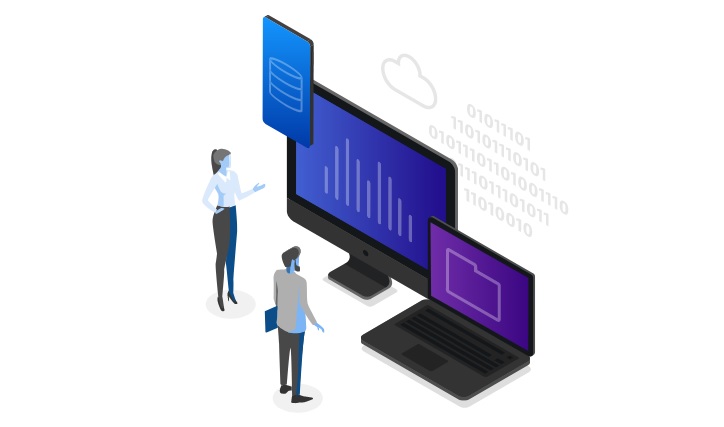
IT leaders have growing concerns about their ability to keep up with digital transformation, according to a new report from Dynatrace, How to transform the way teams work to improve collaboration and drive better business outcomes.
The report shows traditional IT operating models with siloed teams and multiple monitoring and management solutions are proving ineffective at keeping up with cloud-native architectures. As a result, teams waste time manually combining data from disparate solutions in a reactive effort to solve challenges instead of focusing on driving innovation.

The survey also reveals:
■ 89% of CIOs say digital transformation has already accelerated, and 58% predict it will continue to speed up.
■ 93% of CIOs say IT's ability to maximize value for the business is hindered by challenges, including IT and business teams working in silos.
■ 74% of CIOs say they are fed up with the need to piece together data from multiple tools to assess the impact of IT investments on the business.
■ 40% of CIOs say limited collaboration across BizDevOps teams disrupts IT's ability to respond quickly to sudden changes in business needs.
■ 16% of an IT team's time is spent in meetings with the business to identify the causes of and solutions to problems. This issue alone costs organizations an average of $1.7 million annually due to lost productivity.
"As the pace of digital transformation accelerates, and modern, dynamic clouds introduce increasing complexity, the pressure on teams to make data-driven business decisions, and automate operations to deliver business value faster, has never been greater," said Mike Maciag, CMO at Dynatrace. "However, a lack of cross-team collaboration and access to a single source of truth across the organization is hindering BizDevOps teams' ability to achieve this. By using disparate data from multiple monitoring and analytics solutions and adhering to a 'my-part-works-fine' view, they are wasting hundreds of hours and millions of dollars every year, rather than pursuing shared business goals backed by precise, holistic insights."
Additional findings from the report include:
■ 49% of CIOs say they have limited data and visibility into users' perspectives on how digital services are performing.
■ Only 14% of organizations have a single platform that enables cross-team collaboration and a true understanding of IT's business impact.
■ 49% of CIOs say IT and business teams work in silos.
■ 40% of CIOs say limited cross-team collaboration makes it more difficult to identify the severity of an issue and minimize its overall business impact.
■ To ease the burden on IT and avoid stretching limited resources beyond their limits, organizations are adopting new practices that rely on breaking down silos:
- 53% are adopting BizDevOps
- 50% are adopting Autonomous Cloud Operations
- 47% are adopting NoOps
"Without breaking down the silos between IT, development, and the business, organizations simply can't keep up with the accelerated pace of digital transformation," added Maciag. "Empowering teams with a single analytics and monitoring platform, rooted in a common data model and delivering precise and real-time insights, drives shared goals and improved business outcomes."
Methodology: The report is based on a global survey of 700 CIOs in large enterprises with over 1,000 employees, conducted by Vanson Bourne and commissioned by Dynatrace in 2020. The sample included 200 respondents in the US, 100 in the UK, France, and Germany, and 50 in Australia, Singapore, Brazil and Mexico, respectively.
